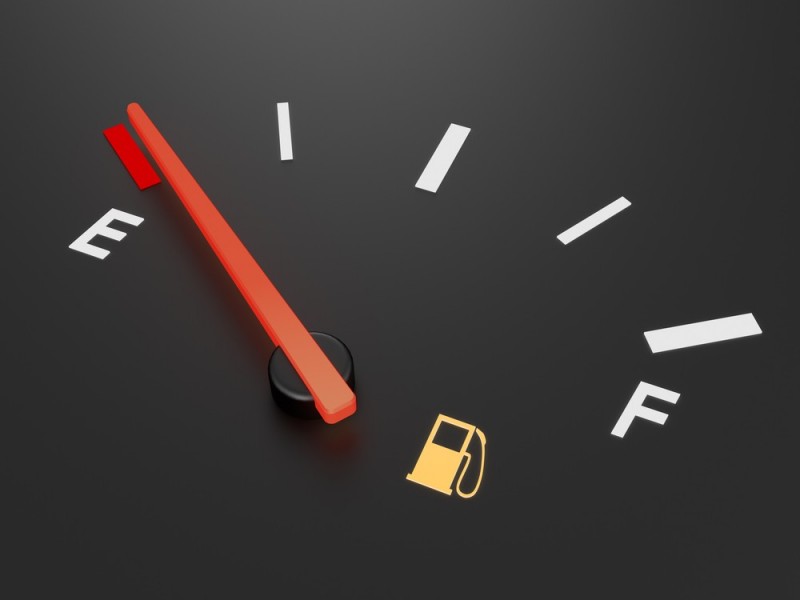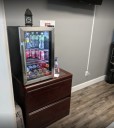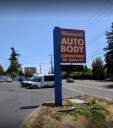Is Your Fuel Gauge Really Accurate?

You're driving along and see an unwanted sight on your dashboard. Your car's fuel indicator has hit "E". Instead of pulling into the next gas station, you start wondering if your gas tank is actually empty. You want to know what's really in your gas tank.
At Womack Auto Body in Portland, OR, we sometimes drive even though our fuel indicator is sitting on Empty, so here are some interesting facts about the accuracy of your fuel gauge.
The answer depends on your vehicle. If you're driving a modern car with an analog fuel gauge, you have about one to three gallons of gas in your gas tank when the fuel indicator hits "E". SUVs and other large vehicles should have about four gallons. Today's automakers design fuel gauges to display empty before the tank is actually empty. This practice gives you a small reserve of gas to make sure you make it the gas station before you truly run out of fuel. Automakers want to keep this practice quiet so that everyone doesn't just keep driving when they see the empty fuel indicator.
 However, if your vehicle has a digital "miles to empty" gauge, these tend to be accurate. If your car doesn't have a "miles to empty" gauge, an online search of your car's make and model would show how many miles people are able to drive that particular vehicle once the fuel gauge hits "E". For instance, a Honda Civic averages 43.44 miles from when the gauge shows empty, according to driver reports in Motor Trent.
However, if your vehicle has a digital "miles to empty" gauge, these tend to be accurate. If your car doesn't have a "miles to empty" gauge, an online search of your car's make and model would show how many miles people are able to drive that particular vehicle once the fuel gauge hits "E". For instance, a Honda Civic averages 43.44 miles from when the gauge shows empty, according to driver reports in Motor Trent.
Now that you know you can keep driving when the your fuel gauge reads empty, should you? The short answer is no. Most experts advise keeping at least a quarter tank of gas in your vehicle. Running low on gas can lead to several undesirable and expensive outcomes. Fuel pumps are inside the gas tank in some vehicles. In such vehicles, gasoline serves as a lubricant and insulator for the fuel pump. Therefore, letting the gas get too low risks causing the fuel pump to overheat. Another potential problem is the debris that is normally at the bottom of the gas tank could get into your fuel pump or fuel filter. Having very little fuel can also damage your catalytic converter. Of course, there's the safety risk that you could actually run out of fuel in a dangerous place like a busy highway.
Although you've learned a gag gauge that has hit "E" isn't really empty, it would best to forget that and remember to keep your gas tank at least a quarter full.
Womack Auto Body, 9831 SE Powell Blvd, Portland, OR 97266
Sources: DIY.com and AARP












 However, if your vehicle has a digital "miles to empty" gauge, these tend to be accurate. If your car doesn't have a "miles to empty" gauge, an online search of your car's make and model would show how many miles people are able to drive that particular vehicle once the fuel gauge hits "E". For instance, a Honda Civic averages 43.44 miles from when the gauge shows empty, according to driver reports in Motor Trent.
However, if your vehicle has a digital "miles to empty" gauge, these tend to be accurate. If your car doesn't have a "miles to empty" gauge, an online search of your car's make and model would show how many miles people are able to drive that particular vehicle once the fuel gauge hits "E". For instance, a Honda Civic averages 43.44 miles from when the gauge shows empty, according to driver reports in Motor Trent.
Social